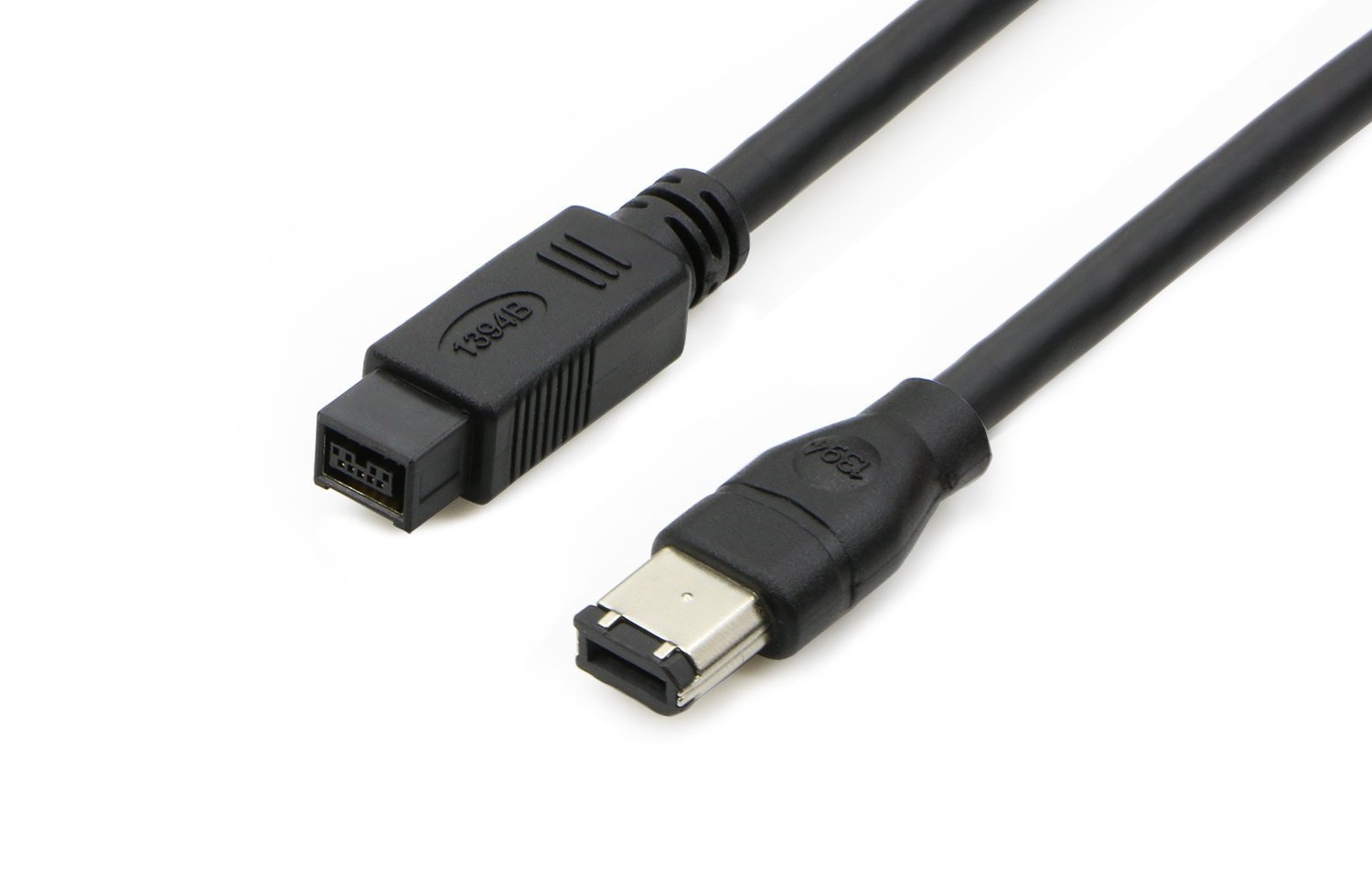What is FireWire Port? And What is its use in Computers and Servers?
Firewire port, commonly known as IEEE 1394, is a standard connection type for various electronic devices such as digital cameras, printers and scanners, external hard drives, and other accessories. Firewire port usually refers to the cables, ports, and connectors used to connect these external devices to computers. This article is dedicated to the topic of Firewire port, and it is hoped that it will be of interest to you, dear readers.
Firewire port cables
Firewire cables, like USB cables, are used to transmit digital signals. There are different types of these cables, and studios use more than Firewire 400. It should be noted that the number next to Firewire indicates the speed of data transfer in the cable. Therefore, Firewire ports are divided into three categories in terms of data transfer speed: Firewire 400, Firewire 800, and Firewire 4 pin, where Firewire 800 has the highest data transfer speed.
Uses of Firewire port
Among the uses of the Firewire port, the following can be mentioned:
- The Firewire port is designed to support plug-ins and games. An operating system will automatically detect the device when connected and prompt the user to install drivers if necessary to make it work.
- The firewire port is replaceable.
- All versions of Windows, from Windows 98 to Windows 10, Mac OS 8.6 and later, Linux, and other operating systems support the Firewire port.
- Up to 63 devices can be daisy-chained to a single bus, FireWire, or controller device. Even if you use devices that support different speeds, each can be connected to the same bus and work at its maximum speed. This is because a FireWire bus can alternate between different speeds in real-time, regardless of whether one device is much slower than the others.
- Firewire ports can also create a peer-to-peer network for communication. This ability means they don’t use system resources like your
- computer’s memory, but they can be used to communicate with each other without a computer.
It may sometimes be useful to transfer data from one digital camera to another, assuming they both have Firewire ports, just plug - them together and transfer data without needing a computer or memory card.
Different versions
IEEE 1394, originally known as FireWire 400, was published in 1995, which uses a six-pin connector and can transfer data at 100, 200, or 400 Mbps depending on the FireWire cable used in cables up to 4.5 meters. Transferred seconds. These data transfer modes are usually called S100, S200, and S400. In 2000, IEEE 1394a was published.
port, Firewire port, use of Firewire port, conversion of Firewire port to USB
This version offers improved features that include a power-saving mode. IEEE 1394a uses a four-pin connector instead of the six-pin found in FireWire 400 because it does not include power connections. Two years later came IEEE 1394b called FireWire 800 or S800. This nine-pin version of IEEE 1394a supports transfer rates up to 800 Mbps on cables up to 100 meters in length.
The connections on FireWire 800 cables are not the same as FireWire 400, meaning the two are incompatible unless a conversion cable or dongle is used. In the late 2000s, the FireWire S1600 and S3200 were released. They supported transfer speeds of 1.572 Mbps and 3.145 Mbps, respectively. However, so few of these devices were released that they shouldn’t even be part of the FireWire development timeline.
In 2011, Apple began to replace FireWire much faster than Thunderbolt, and then in 2015, at least some of its computers used USB 3. C ports are compatible with USB 3.1.
Difference between firewire port and USB
Firewire port and USB are similar in terms of purpose. They both transfer data but are very different in terms of access and speed. You can’t support the Firewire port on almost every computer and a device like your USB. Most modern computers do not have a Firewire port because using this port is an additional cost and may not be possible on every computer. The latest USB port standard, USB 3.1, supports transfer speeds of up to 10,240 Mbps, which is much faster than the 800 Mbps that FireWire supports.
Another advantage of USB over Firewire ports is that USB devices and cables are usually cheaper than their FireWire counterparts due to the popularity and abundance of USB devices and cables. As mentioned earlier, FireWire 400 and FireWire 800 use different cables that are not compatible with each other.
However, USB devices cannot connect, but FireWire devices can. USB devices require data processing after leaving one device and entering another device. While the USB connection is one of the most common and widely used means of connecting computers and peripherals, the Firewire port is another data transfer method. Between devices, and depending on specific needs, you may find that one or both of these connections are useful. However, converting a Firewire port to a USB is much more difficult than using an adapter.
Frequently Asked Questions
What is a Firewire port?
A firewire port is usually used for all cables, ports, and connectors to connect these types of external devices to computers, and a standard type of connection for various types of electronic devices such as digital cameras, printers, scanners, external hard drives, and Other accessories.
What is the difference between a firewire port and a USB?
Firewire and USB ports transfer data, but they differ greatly in access and speed.
What is the difference between a firewire port and a USB?
Among the differences between the Firewire port and USB, the following can be mentioned:
- Firewire port cannot be supported on almost every computer and a device like USB.
- The transfer speed in the Firewire port is 800 Mbps faster than the transfer speed in USB.
- USB devices and cables are usually cheaper than their FireWire counterparts.
USB devices cannot connect, but FireWire devices can.

